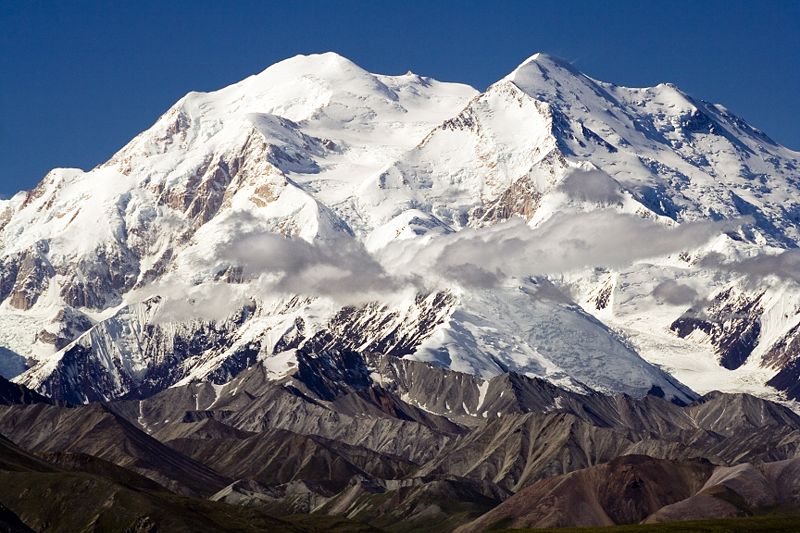
The estate of a Swiss man who died during a 2011 descent of Mount McKinley has filed a lawsuit claiming negligence by a guide company resulted in his death.
Attorneys for the defendant, Colorado-based Mountain Trip International, said in federal court papers filed Wednesday that climber Beat Niederer was aware of the substantial risk involved in climbing the highest peak in North America and knowingly assumed that risk.
The company is seeking dismissal of the case.
Niederer, 38, died after reaching the summit of the mountain in May 2011. The lawsuit said he had prior climbing experience but never at altitudes significantly above 14,000 feet and never in an Arctic environment. The summit of Mount McKinley stands at 20,320 feet.
Niederer applied for the trip in February 2011, according to the lawsuit. It began just over two months later.
The lawsuit, filed in February on behalf of Niederer’s widow and children, alleges the four-member summit team led by guide David Staeheli was not properly outfitted and lacked the means to stay together and protect itself from the hazardous conditions and wind.
The men were roped together, and on the way down, one of the climbers fell, pulling the others off their feet. The lawsuit says they tumbled several hundred feet, with no snow pickets in place that could have been used to arrest the fall.
According to the lawsuit, at least three of the men — Niederer, Staeheli and climber Jeremiah O’Sullivan, who had broken a leg — were hurt. Staeheli tried to call for help on a satellite phone, but it was damaged. He left his heavy coat with O’Sullivan as he went to catch up with Niederer and climber Lawrence Cutler.
Staeheli waited for Cutler at an area known as Zebra Rocks but did not wait for Niederer before continuing on, the lawsuit alleges. It says Cutler became separated from Staeheli, and Niederer was not told how to descend that area. Mountain Trip acknowledges that Staeheli descended but denies the other claims.
Staeheli and Cutler made it to camp at 17,200 feet, separately, on the morning of May 12, 2011, but Niederer was found dead higher up. O’Sullivan was rescued the night of May 12.
The National Park Service, in an investigation report last year, said a fall during descent, with a team roped together and using no fixed protection like a snow picket or ice screw when climbers are tired, is the most common cause of an accident on the mountain.
It found the team was unprepared “by not carrying any snow tools with which to dig or construct an emergency shelter and a sleeping bag to deal with an emergency high on the mountain.”
“This investigation team believes that had adequate survival gear, as stated in this report, been carried the outcome of this accident could have been much less severe,” the report states.
The report listed the direct cause of Niederer’s death as “hypothermia due to environmental exposure,” compounded by blunt force injury to the head and trunk, including rib fractures from the fall.
It said Staeheli giving his heavy coat to O’Sullivan was a humane gesture but put Staeheli “on a fine line of not being able to keep warm in the increasing wind and cold. He was now in a survival situation and could not walk down slowly with Cutler and Niederer.”
Staeheli, who is not named as a defendant in the case, declined to comment on the case Thursday.
Mountain Trip denies that protection such as snow pickets in the area would have necessarily stopped the fall. It acknowledges the team left camp without foam pads, shovels or snow saws but says that equipment wouldn’t have made a difference in the fall.
After the fall, a saw or shovel wouldn’t have worked to build a shelter because the snow was too hard to penetrate, and Staeheli’s hands were severely frostbitten from taking off his mittens while using an ice ax to try to arrest the fall, the company said in its response.

No comments:
Post a Comment